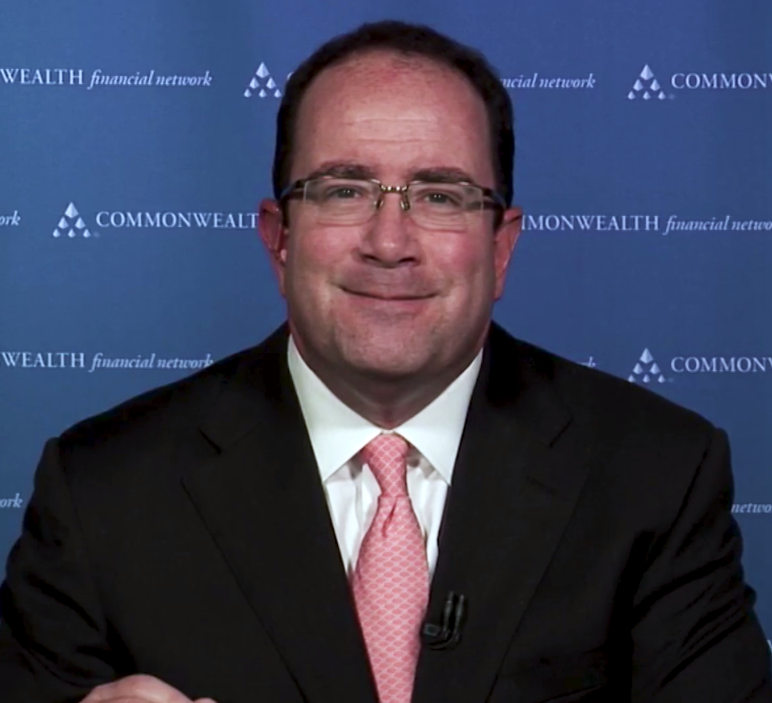When looking at the stock market, one of the key things we should focus on are earnings, as they represent the bedrock of a stock’s value. The best way to value stocks—the dividend growth model—analyzes earnings, growth rates, and required returns to determine what a stock is worth fundamentally. Growth rates and required returns are subjective estimates, but earnings are facts. Everything starts from there.














